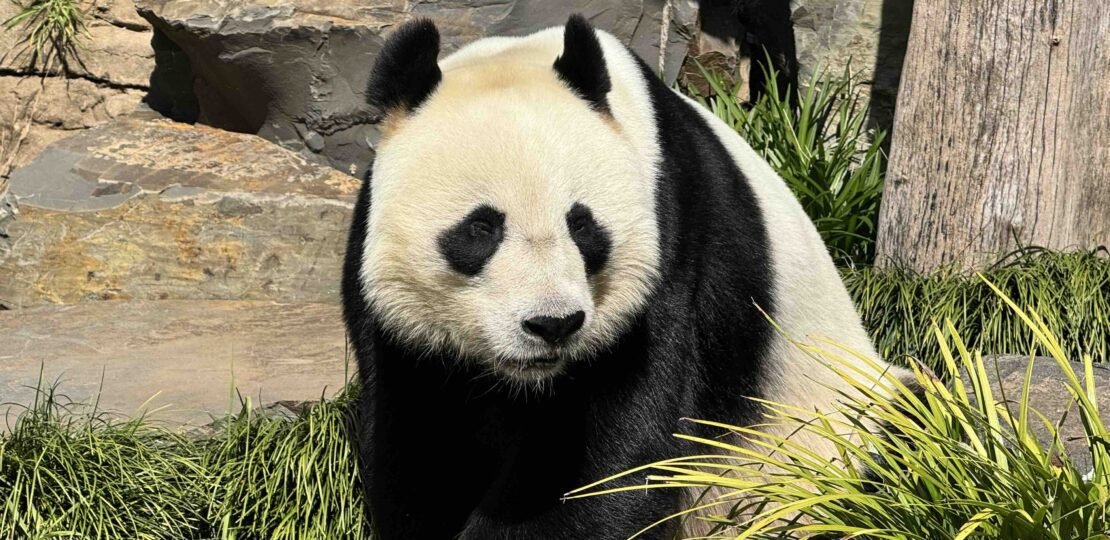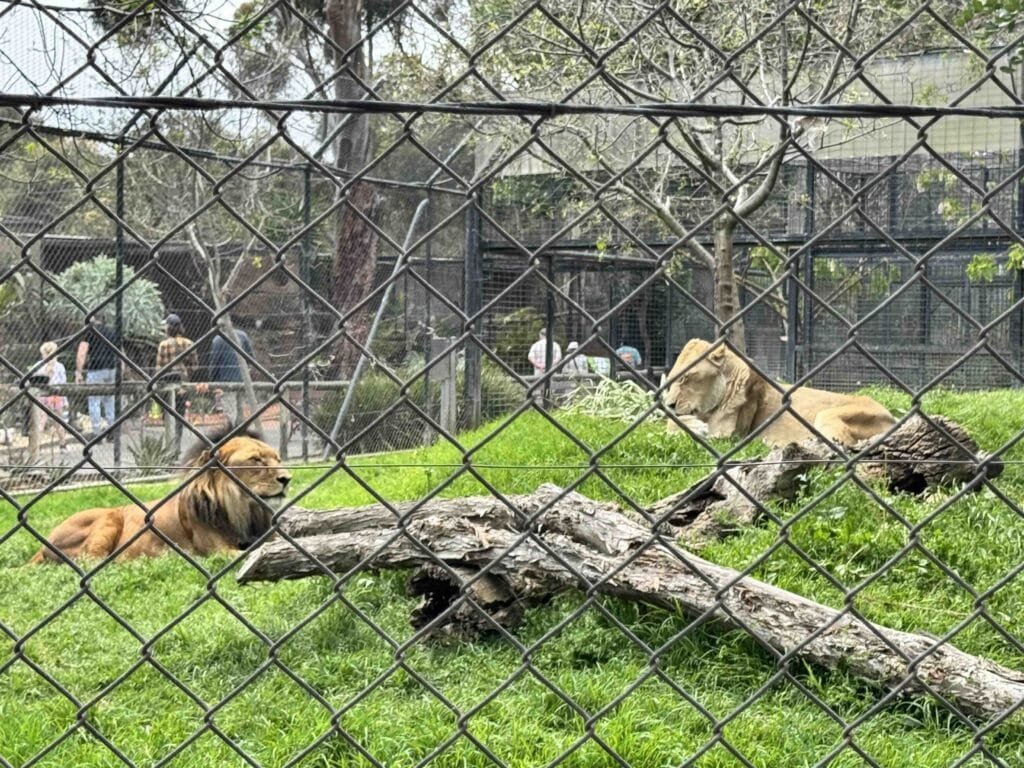
Starting Our Journey Along the Torrens River
Our journey to the Adelaide Zoo began at our hotel, where we eagerly prepared for a scenic walk along the picturesque Torrens River. The river, a vital part of Adelaide’s landscape, winds gracefully through the city, embodying both natural beauty and cultural significance. As we stepped outside, the clear sky above and the gentle rustling of leaves provided an inviting backdrop for our adventure.
Walking along the Torrens, we were immediately captivated by the vibrant flora that lined our path. Eucalyptus trees towered above, sheltering various species of birds that filled the air with their cheerful songs. The sunlight danced upon the water’s surface, creating a shimmering effect that added to the mesmerizing scenery. Along the riverbanks, we spotted families engaged in leisurely activities—fishing, picnicking, and enjoying the communal greens that make this area a cherished part of Adelaide.
As we continued our walk, we encountered several notable landmarks that showcased the city’s rich history. The glistening footbridge, a testament to modern engineering, offered stunning views of both the river and the surrounding parklands, making it an ideal spot for photos. Furthermore, we were delighted to see locals strolling on the paths, underscoring the river’s role as a communal hub in Adelaide.
Each step brought us closer to our destination, the Adelaide Zoo, but the journey itself proved equally important. The serene environment along the Torrens River not only heightened our anticipation but also provided a refreshing sense of tranquility. This beautiful setting enhanced our experience, reminding us of the beauty of nature that can be enjoyed even before entering the zoo. Little did we know, our day would be further enriched by encountering the last clip of the oldest lions in Australia, adding to the excitement of our impending adventure.
Encounters with Amani and Mujambi: The Oldest Lions in Australia
During our visit to the Adelaide Zoo, the anticipation of seeing Amani and Mujambi, the oldest lions in Australia, filled us with excitement and reverence. Known for their majestic presence and rich history, these magnificent creatures are not just symbols of strength and beauty but also a testament to the zoo’s commitment to animal care and conservation. As we approached their enclosure, the air was charged with the knowledge of their age and the legacy they represented. It was heartwarming to observe Amani and Mujambi lounging under the sun, their long orbits in the wild forming a backdrop to their noble essence.

Interacting with these lions evoked a range of emotions. Amani, with her gentle demeanor, embodied a sense of wisdom, while Mujambi’s playful energy reminded us of the joy inherent in life’s simpler moments. As we stood at the viewing point, watching them bask in the sunlight, we reflected on the years they spent in captivity, alongside the stories shared by the staff. These narratives highlighted how both lions had formed deep connections, not only with each other but also with their caretakers and the visitors who revered them. It was heartbreaking to learn that shortly after our visit, they faced euthanization, which stirred feelings of sorrow and loss within us.
The significance of Amani and Mujambi’s story transcends their presence at the Adelaide Zoo. Their lives serve as poignant reminders of the fragility of nature and the responsibility humanity bears towards preserving the world’s wildlife. This emotional encounter with the oldest lions in Australia encouraged us to reflect on the pressing conservation efforts necessary to protect such majestic species for future generations. Ultimately, the tales woven around Amani and Mujambi foster a deeper appreciation for the beauty and complexities of wildlife, illustrating the intricate bond between humans and the animals we strive to understand and preserve.
Wang Wang and Funi: The Iconic Giant Pandas of Adelaide Zoo
Wang Wang and Funi, residing at the Adelaide Zoo, have become emblematic figures in Australia’s wildlife conservation efforts. As the only giant pandas in the southern hemisphere, they offer a unique opportunity for visitors to experience these rare animals up close. Their presence in Adelaide has drawn significant public interest, making them a standout attraction for local and international tourists alike.
Wang Wang, a male panda, and Funi, a female, arrived in Adelaide in 2009 as part of a breeding program aimed at conserving giant pandas, a species recognized for its vulnerability. Over the years, their playful antics and distinctive personalities have endeared them to countless visitors, inspiring deep connections. The distinct black and white coats of these magnificent animals often captivate those who walk through the zoo, where they can watch the pandas engage in their natural behaviors, such as climbing, foraging, and socializing. The visibility of their cozy enclosure contributes significantly to the educational experience, allowing observers to appreciate the characteristics of these majestic creatures.
However, this opportunity is not without its challenges; there have been announcements indicating that both Wang Wang and Funi will be returning to China for a period of quarantine. This journey marks a poignant moment for Adelaide Zoo, as the last clip of the oldest giant pandas in Australia comes to a temporary end. While the exact timeline for their departure remains uncertain, it serves as a reminder of the ongoing conservation efforts required to sustain an endangered species like the giant panda.
The emotional bond fostered through interactions highlighted in various Bengali vlog posts and visitors’ experiences emphasizes the importance of conservation work surrounding these animals. As we continue to cherish the presence of Wang Wang and Funi in Adelaide, let us also recognize the broader implications of their departure and the vital role that zoos play in wildlife preservation.
Discovering Nocturnal Animals and Tamarins
As we embarked on our journey to the Adelaide Zoo, the promise of encountering a variety of captivating wildlife, beyond just the last clip of the oldest lions in Australia and the last clip of the oldest giant pandas in Australia, filled us with excitement. Adelaide Zoo is home to an impressive array of species, showcasing the diversity of animal life that thrives within its enclosures. Among the highlights of our tour were the elusive nocturnal animals, whose unique adaptations and enchanting behaviors captured our attention.
Nocturnal animals are fascinating creatures that have evolved to thrive in the darkness of the night. They possess specialized sensory adaptations, such as enhanced vision and acute hearing, which help them navigate their habitats and locate food. During our visit, we were fortunate to observe species such as the Southern Hairy-nosed Wombat and the Sugar Glider, both of which play integral roles in the ecosystem. The atmosphere within the nocturnal house at Adelaide Zoo was immersive, allowing us to truly appreciate the lives of these hidden gems, reflecting the importance of conservation efforts aimed at preserving such unique species.
In addition to the nocturnal animals, the zoo is also home to an array of charming tamarins. These small, agile primates are known for their vibrant personalities and social behaviors. We witnessed the adorable Golden Lion Tamarin and the inquisitive Common Marmoset, both of which exhibit a high level of social interaction with their group members. The habitat designed for these tamarins mimicked their natural environment, providing enriching experiences that promote healthy behaviors. As captured in our Bengali vlog, the joy of observing their playful antics added a delightful layer to our visit, emphasizing the importance of protecting such remarkable wildlife. In conclusion, the Adelaide Zoo offers a rich tapestry of experiences, showcasing the intricate relationships among its inhabitants while enlightening visitors on the vital role of conservation.
Please watch our video and let us know how you loved our video.
RELATED POSTS
View all



